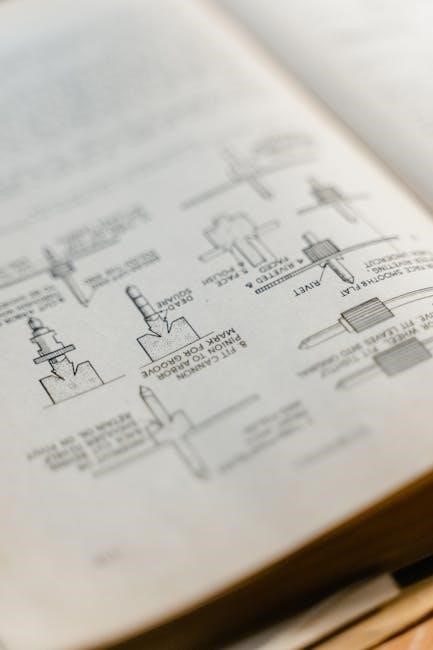Trampoline safety and proper usage are crucial for enjoyable and injury-free experiences. Always read the instruction manual to understand guidelines, safety precautions, and maintenance tips. Proper installation, usage, and handling ensure a safe environment for all users, while following basic jumping techniques and best practices enhance overall enjoyment.
1.1 Importance of Reading the Instruction Manual
Reading the instruction manual is essential for safe and proper trampoline usage. It provides critical information on assembly, maintenance, and safety guidelines to minimize injury risks. The manual outlines proper techniques for jumping and bouncing, ensuring users understand how to enjoy the trampoline responsibly. Failure to follow the instructions can lead to accidents or equipment damage. All users and supervisors must familiarize themselves with the manual to ensure compliance with safety recommendations and precautions. By adhering to the guidelines, users can maximize enjoyment while maintaining a secure environment for everyone involved.
1.2 Key Safety Guidelines for Trampoline Use
Key safety guidelines ensure a secure and enjoyable trampoline experience. Always inspect the trampoline before use, checking for damage or wear. Ensure the safety net and poles are tightly secured. Supervise children during use, especially younger ones, and enforce rules like no somersaults or multiple jumpers. Avoid using the trampoline in strong winds or with damaged parts. Follow weight limits and proper jumping techniques to prevent accidents. Never allow users to climb on the net or frame. Adhering to these guidelines helps minimize risks and ensures a safe environment for all users.
Trampoline Assembly Instructions
Proper assembly is essential for safe trampoline use. Begin by unpacking and inventorying all parts, then follow the step-by-step instructions carefully to ensure stability and safety.
2.1 Unpacking and Inventory of Parts
Begin by carefully unpacking all components from the box. Check for completeness by comparing each part to the list in the manual. Ensure all hardware, springs, and frame pieces are included. Identify and organize parts by type to streamline assembly. Verify that no items are damaged or missing. If any discrepancies are found, contact the manufacturer immediately. Properly inventorying ensures a smooth assembly process and prevents delays. Always refer to the manual for part descriptions and diagrams to confirm everything is accounted for before proceeding.
2.2 Step-by-Step Assembly Process
Start by assembling the trampoline frame on a flat, stable surface. Attach the legs and ensure the frame is secure. Next, connect the springs to the frame and mat, tightening them evenly. Install the safety enclosure by attaching the poles to the frame and securing the net. Follow the manual’s diagrams for correct alignment. Use the provided tools to tighten all bolts and screws firmly. Double-check each step to ensure stability and safety. Once all parts are securely in place, perform a final inspection before allowing use. Proper assembly is key to safe and enjoyable trampoline experiences.
2.3 Securing the Trampoline for Stability
To ensure stability, anchor the trampoline using a high-quality anchoring system or weights like sandbags or water bags. Place the trampoline on a level surface and check its balance. Tighten all bolts and screws firmly after assembly. Secure the safety enclosure tightly to the frame to prevent shifting. Regularly inspect the anchors and weights to ensure they remain in place. For added stability, consider installing steel bars or weights around the trampoline’s base. Always follow the manual’s recommendations for securing the trampoline, especially in windy conditions, to prevent displacement and ensure safe usage.
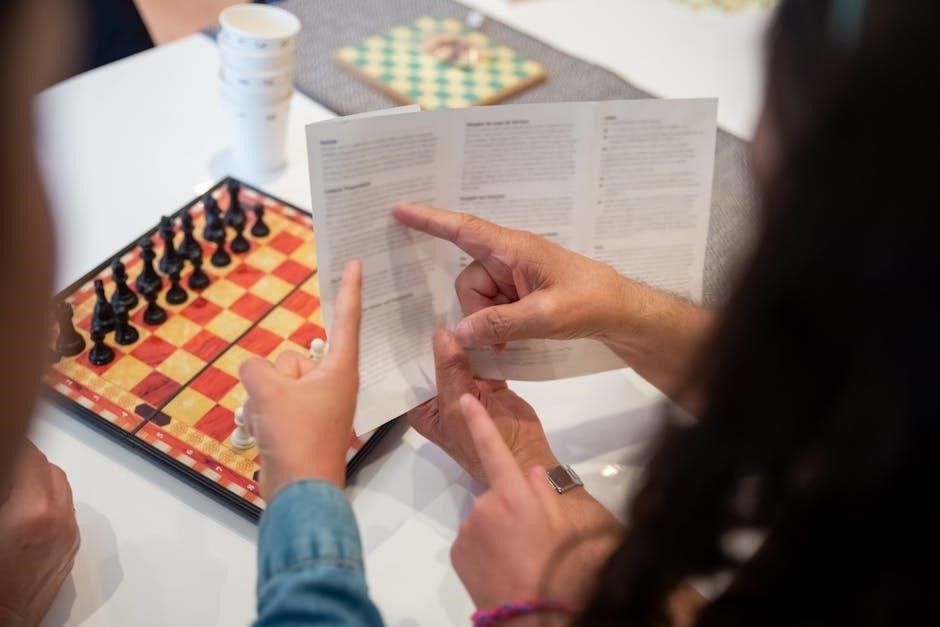
Safety Precautions and Warnings
Inspect the trampoline before each use for damage or wear. Ensure all safety nets and poles are securely attached. Supervise children during use and enforce safety rules.
3.1 General Safety Tips for Users
Always inspect the trampoline before use, ensuring all parts are secure and undamaged. Supervise children closely and enforce a one-person rule to prevent collisions. Avoid somersaults or flips without proper training; Ensure the surrounding area is clear of obstacles and soft padding covers the frame. Users should wear suitable clothing and no jewelry that could catch. Follow weight limits and age guidelines. Never use the trampoline in strong winds or with damaged parts. Encourage safe jumping practices and avoid reckless behavior. Regularly check and tighten all bolts and connections for stability.
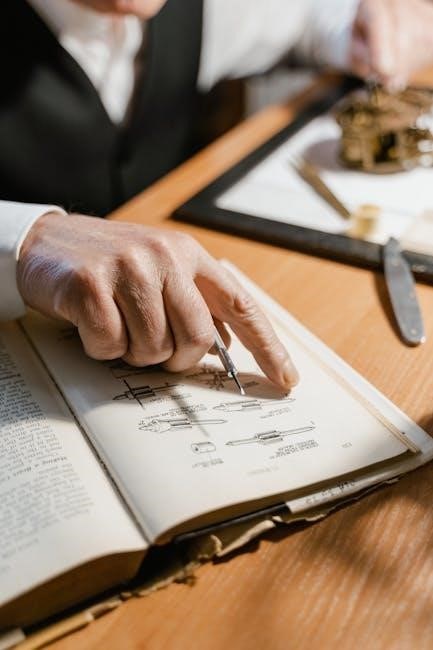
3.2 Specific Warnings for Different Age Groups
Children under 6 years old should not use trampolines due to increased injury risk. Supervise children aged 6-12 closely, ensuring they follow safety rules. Teenagers should avoid dangerous stunts or flips without proper training. Adults must adhere to weight limits and avoid reckless behavior. Always enforce a one-person rule to prevent collisions. Ensure the trampoline area is clear of obstacles and soft padding covers the frame. Regularly check for wear and tear, especially before allowing younger children to use it. Strictly follow age and weight guidelines provided in the manual to ensure safe usage for all age groups.
3.3 Emergency Preparedness and First Aid
Always have a first aid kit nearby when using the trampoline. In case of an injury, provide immediate care, such as applying ice to sprains or bruises. For severe injuries, like broken bones or head trauma, seek emergency medical help immediately. Ensure all users know the location of emergency contact numbers. Regularly inspect the trampoline for damage to prevent accidents. Keep the area around the trampoline clear of obstacles. Supervise children closely to minimize risks. Be prepared for emergencies by knowing basic first aid techniques, such as stopping bleeding or stabilizing injuries until professional help arrives.
Proper Maintenance and Care
Regularly inspect trampoline components, clean surfaces with mild detergents, and store in a dry, secure location during harsh weather. Avoid using harsh chemicals or abrasive materials.
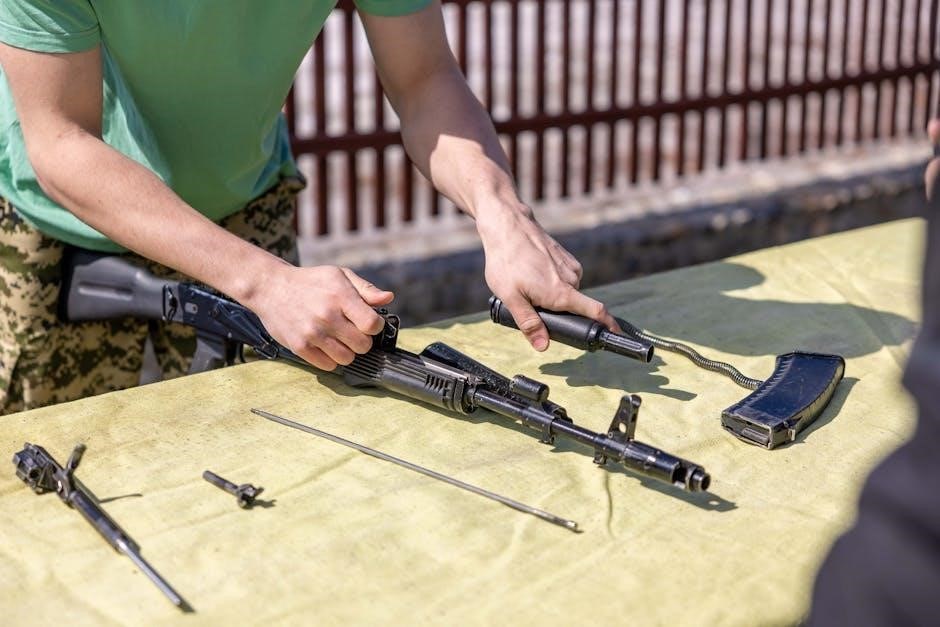
4.1 Regular Inspection of Trampoline Components
Regularly inspect the trampoline frame, springs, mat, and safety net for any signs of wear, tear, or damage. Check for rust, frays, or loose connections. Ensure all bolts and screws are tightly secured. Look for punctures, holes, or tears in the mat and netting, as these can compromise safety. Replace any damaged parts immediately to prevent accidents. Inspect the padding around the frame for deterioration. Make sure the enclosure net is securely attached to the poles and the frame. Address any issues promptly to maintain the trampoline’s structural integrity and safety.
4.2 Cleaning and Storage Recommendations
Regular cleaning and proper storage are essential for maintaining your trampoline’s condition. Use mild soap and water to clean the mat, frame, and safety net, avoiding harsh chemicals or abrasive materials. Allow the trampoline to dry completely before storing it. Store the disassembled trampoline in a dry, shaded area during the off-season to protect it from weather damage. Use a breathable cover to shield it from dust and moisture. Avoid storing the trampoline in direct sunlight or exposed to heavy rain. Proper maintenance ensures longevity and safety for future use.
4.3 Repairing Damaged Parts and Replacement
Regularly inspect the trampoline for damage and address issues promptly to ensure safety. Replace any worn, torn, or broken parts immediately, such as the mat, safety net, or springs. Use only original or compatible replacement parts to maintain product integrity. Follow the manual’s repair guidelines or consult a professional for complex fixes. Avoid using the trampoline until all repairs are complete. Neglecting damaged parts can lead to further deterioration or safety hazards. Proper replacement ensures optimal performance and longevity of the trampoline, while maintaining warranty validity and user safety.

Trampoline Usage Tips
Start with basic jumps, gradually progressing to advanced moves. Always land in the center and practice controlled bouncing. Adult supervision is essential for children.
5.1 Basic Jumping Techniques for Beginners
Beginners should start with simple, controlled movements. Always land in the center of the mat with knees slightly bent to absorb impact. Keep hands by your sides or extend them for balance. Practice basic bounces, focusing on proper body positioning and controlled takeoffs. Avoid attempting advanced flips or tricks until proficiency is achieved. Supervision is highly recommended for children. Start low, gradually increasing height as confidence grows. Ensure all jumps are safe, avoiding risky maneuvers that could lead to accidents or injuries. Always follow the manual’s guidelines for proper techniques and safety.
5.2 Advanced Bouncing and Safety Practices
For advanced users, techniques like flips and somersaults require precision and control. Always ensure the trampoline is secure and clear of obstacles. Start with low-height attempts, gradually increasing difficulty. Proper body positioning and landing techniques are essential to avoid injuries. Never attempt risky moves without confidence or supervision. Ensure the safety net is securely attached and all parts are in good condition. Supervise children during advanced maneuvers and teach them to follow safety guidelines. Regularly inspect the trampoline for wear and tear to maintain a safe environment for all users. Always prioritize safety over complexity in techniques.

5.3 Supervision Guidelines for Children
Adult supervision is essential when children are using the trampoline. Ensure the area is clear of obstacles and the safety net is securely attached. Teach children proper jumping and landing techniques to minimize risks. Avoid allowing somersaults or flips for younger users, as these can lead to injuries. Always enforce a one-person rule to prevent collisions. Regularly inspect the trampoline before use and ensure all components are in good condition. Provide clear safety instructions and demonstrate proper usage. Supervision ensures compliance with safety guidelines and helps prevent accidents, fostering a safe and enjoyable environment for children to play.
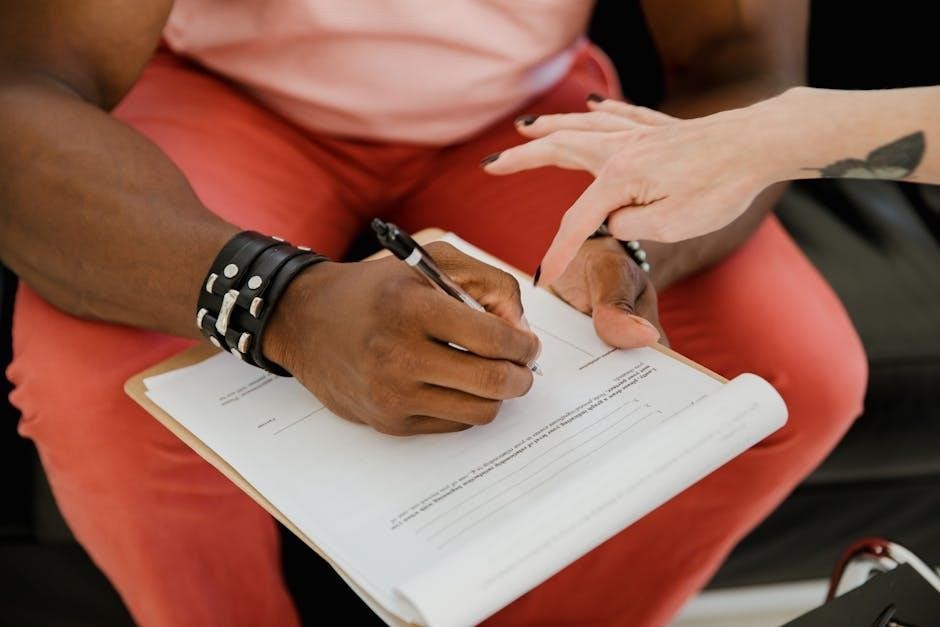
Troubleshooting Common Issues
Identify and address common problems like frame damage, net tears, or mat wear. Inspect components regularly and replace worn parts promptly to ensure safe and optimal performance.
6.1 Identifying and Solving Assembly Problems
When assembling a trampoline, carefully follow the instruction manual to avoid issues. Start by verifying all parts are included and undamaged. If a piece doesn’t fit, recheck the manual or diagrams. Tighten all bolts and screws securely to ensure stability. If problems persist, ensure the frame is level and the mat is properly attached. Double-check spring alignment and net enclosure connections. For unresolved issues, consult online resources or contact customer support for assistance. Always prioritize proper assembly to guarantee safety and prevent future damage. Regular inspections can help identify and fix potential problems early.
6.2 Addressing Wear and Tear Over Time
Regular inspections are essential to identify and address wear and tear on trampoline components. Check springs for rust or damage and lubricate them periodically to maintain flexibility. Inspect the mat for tears or frays and replace it if necessary. Tighten all bolts and screws to ensure the frame remains stable. Examine the safety net for holes or loose connections and repair or replace it as needed. Addressing these issues promptly prevents further damage and ensures safe use. For severe wear, consult a professional or refer to the manual for guidance on repairs or replacements.
6.3 When to Seek Professional Assistance
If you encounter complex issues during assembly, maintenance, or repair that are not covered in the manual, it is advisable to seek professional assistance. This is particularly important for structural damage to the trampoline frame, severe tears in the mat, or instability in the safety enclosure. A professional can ensure proper repairs, maintaining safety standards and preventing further damage. Additionally, if you are unsure about any aspect of troubleshooting or maintenance, consulting an expert is a wise decision to guarantee the trampoline remains safe for use. Always prioritize safety over DIY solutions in such cases.
